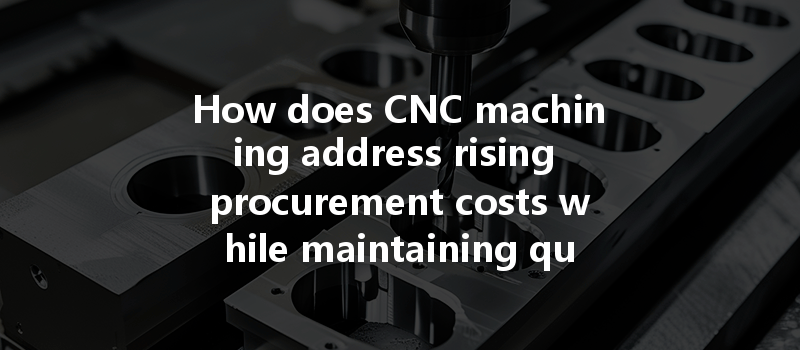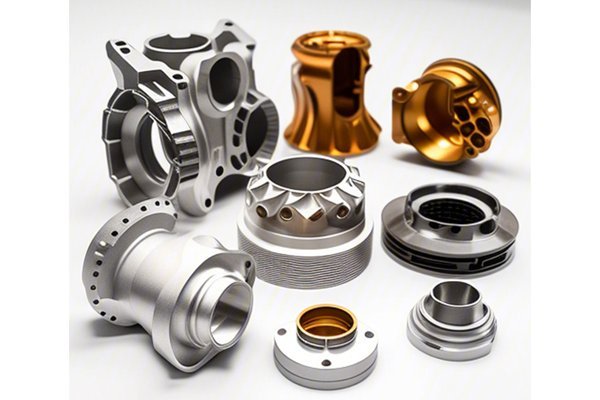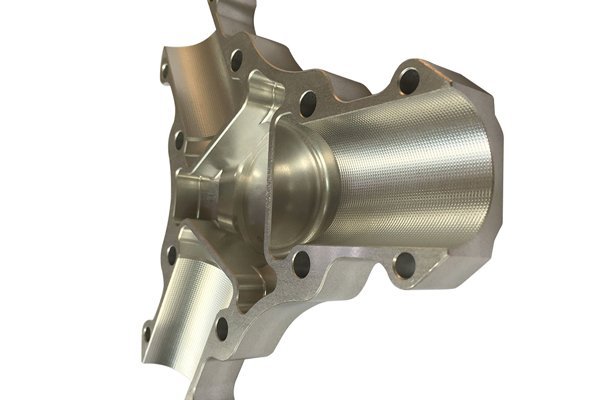In today’s fast-paced manufacturing landscape, the pressure to innovate and remain cost-effective is relentless. Did you know that according to a recent study, procurement costs can make up as much as 70% of a company’s total production expenses? As manufacturers grapple with rising material prices, labor costs, and economic fluctuations, finding ways to mitigate these expenses becomes crucial. CNC (Computer Numerical Control) machining emerges as a game-changer in this context, enabling companies to not only keep costs in check but also maintain the highest levels of quality and efficiency.
The Challenges of Rising Procurement Costs
Before delving into how CNC machining can help alleviate these costs, let’s unpack the factors contributing to rising procurement expenses:
CNC Machining: The Solution to Cost Control
CNC machining allows for precise cuts and minimal waste. Automated processes can optimize part designs for effective material use, ensuring that manufacturers extract the maximum value from every piece. This precision significantly lowers the volume of scrap produced during machining operations, directly reducing material costs.
One of the standout features of CNC machining is its speed. Jobs that might take hours or days with traditional machining methods can often be completed in a fraction of the time thanks to automation. The ability to quickly switch between different tasks allows manufacturers to scale up production to meet demand without incurring excessive labor costs.

Modern CNC machines come equipped with advanced programming and real-time monitoring systems. This automation ensures that each part produced meets stringent quality specifications, minimizing the chances of defects. By reducing rework, manufacturers not only save on labor costs but also improve time efficiency, ultimately lowering their procurement costs.
With the rise of advanced CAD (Computer-Aided Design) software integrated with CNC machining, companies can now explore complex designs that would have been prohibitively expensive or impossible to create using traditional methods. This provides businesses the flexibility to innovate while reducing lead times and associated costs.
Machinery breakdowns can be incredibly costly, both in terms of repairs and the lost production time. CNC machining facilities often implement predictive maintenance strategies that utilize IoT (Internet of Things) technology to monitor machine health. By proactively addressing potential issues before they cause significant downtime, manufacturers can maintain consistent production rates and avoid increased procurement costs associated with unplanned outages.
CNC machining allows businesses to set up localized production facilities, which can significantly reduce transportation costs. By producing goods closer to the end-user or point of sale, companies can reduce shipping expenses and maintain greater control over their supply chains, thus leading to overall cost reductions.
With CNC technology, manufacturers can easily produce custom designs or short runs without incurring excessive costs. This capability is particularly valuable in sectors where personalization is increasingly important. The ability to quickly pivot to produce a niche product in small batches reduces the financial burden of overproducing or committing large sums to inventory.
: The Importance of Adopting CNC Machining
In conclusion, CNC machining stands out as an essential technology for manufacturers seeking to manage and mitigate rising procurement costs effectively. By capitalizing on its capabilities—efficient material utilization, speed, consistency in quality, advanced design possibilities, predictive maintenance, localized production, and customization—businesses can not only enhance their cost-management strategies but also bolster their competitive advantage in the market.
As procurement costs continue to rise due to various factors, it’s vital for manufacturers to explore all available avenues to cut costs without sacrificing quality. CNC machining presents an opportunity for innovation, efficiency, and ultimately, profitability.
Manufacturers who embrace these advancements equip themselves to navigate the challenges of today’s economy while positioning themselves for future success. As you ponder the insights shared in this blog, consider how incorporating CNC machining into your operations can lead to substantial long-term savings and improvements in performance. The future of manufacturing is here, and quality, efficiency, and cost-effectiveness go hand in hand with CNC technology.






